That is why professional arbolists advise against being reckless and simply cutting off doubtful branches. If you don't have a good reason to prune them in the fall, just don't. Usually, the best time to prune trees is when the tree shows signs of active growth or is completely dormant. Most routine pruning that is done to remove weak, sick or dead branches can be done at any time of the year with little effect on the tree. AAA Tree Lopping tree service company are available for any kenmore tree services you may require.
As a rule, growth and closure of the wound are maximized if pruning is done before the spring growth discharge. New growth after summer pruning will be considerably less vigorous than growth that occurs after winter pruning. Minimal pruning is required in winter if trees have already been pruned in summer. These are the trees that shed their leaves every year.
Most deciduous trees need to be pruned in late fall through winter, according to the Extension Service's Wisconsin Horticulture division. They have entered their dormant season and it is easy to see the frame of the branches, and the activity of insects and diseases have disappeared. There is not a single better time to prune. Late winter is an ideal time to prune many trees and shrubs because they are inactive and it's easier to see what needs to be pruned.
Late winter pruning promotes rapid regrowth in spring. Some trees, such as maples, birches and magnolias, bleed heavily from sap if pruned in late winter. This causes little damage, but can be avoided by pruning these trees after they are completely defoliated in late spring or early summer. Summer is the best time to remove dead branches when they stand out.
A proactive owner starts pruning as soon as a tree is planted. Sick, dead and broken branches should be removed immediately. It is not necessary to prune for shaping until the first winter after sowing. Regular pruning throughout the life of a tree reduces the amount of work needed and stress on the tree.
Pruning a tree a little every year creates a strong and beautiful tree right from the start. The more the tree is pruned in the winter months, the more vigorously it will bloom in spring. Therefore, if you want to encourage new growth, it is recommended to prune in late winter and early spring. Prune shade trees such as oaks, linden and ash trees when they are dormant in winter.
It is easier to see the branching structure at this time of year, and it is less likely to spread diseases through pruning wounds. As with shrubs that don't bloom, avoid pruning them in late summer. When it comes to tree pruning, no two trees are alike; perfect pruning of one tree may be completely wrong for another. The River City Trees team will help ensure that all tree pruning is safe and complies with local council regulations.
Save tree care pruning when the tree is actively growing in early spring or completely dormant in the winter months. Taking advantage of these months of inactivity gives me time to develop a plan for pruning and trimming trees in my landscaping. Even if a tree is planted recently in the winter months, do not be afraid to prune it right away, as this is the best time to achieve the height and shape you want later (formative pruning). Weeping trees, in particular, benefit from the initial pruning of trees and you should always try to create an umbrella shape when pruning these varieties.
I recommend leaving large, established shade trees to qualified arborists and tree care professionals. She emphasizes that qualified tree care specialists are pruning trees every day throughout the year without many detrimental effects. For deciduous trees (those that lose their leaves in winter), it may be beneficial to prune them in winter, as you will have easier access to trees with less sap bleeding and better vision of branch formations before spring foliage starts to grow. Trees are preparing for dormancy back then, and all the good things are being removed from their leaves for storage, says Tchukki Andersen, staff arborist at Tree Care Industry Association (TCIA) in Manchester, N.C.
In most cases, mature trees are pruned as corrective or preventive measures, since routine thinning does not necessarily improve the health of a tree. If you suspect that your tree is damaged or unhealthy, it is best to have someone with experience come and prune the damaged area of the tree as soon as you notice it. Understanding the needs and timing of trees are the most critical factors for pruning; when to get stuck also depends on the reason you want to prune the trees. The best time to prune trees for safety reasons is immediately as soon as you notice the problem, but whatever you do, don't try to prune dangerous trees yourself.
Small ornamental and fruit trees can be thinned by removing smaller branches between ¼ and ½ inch thick. . .
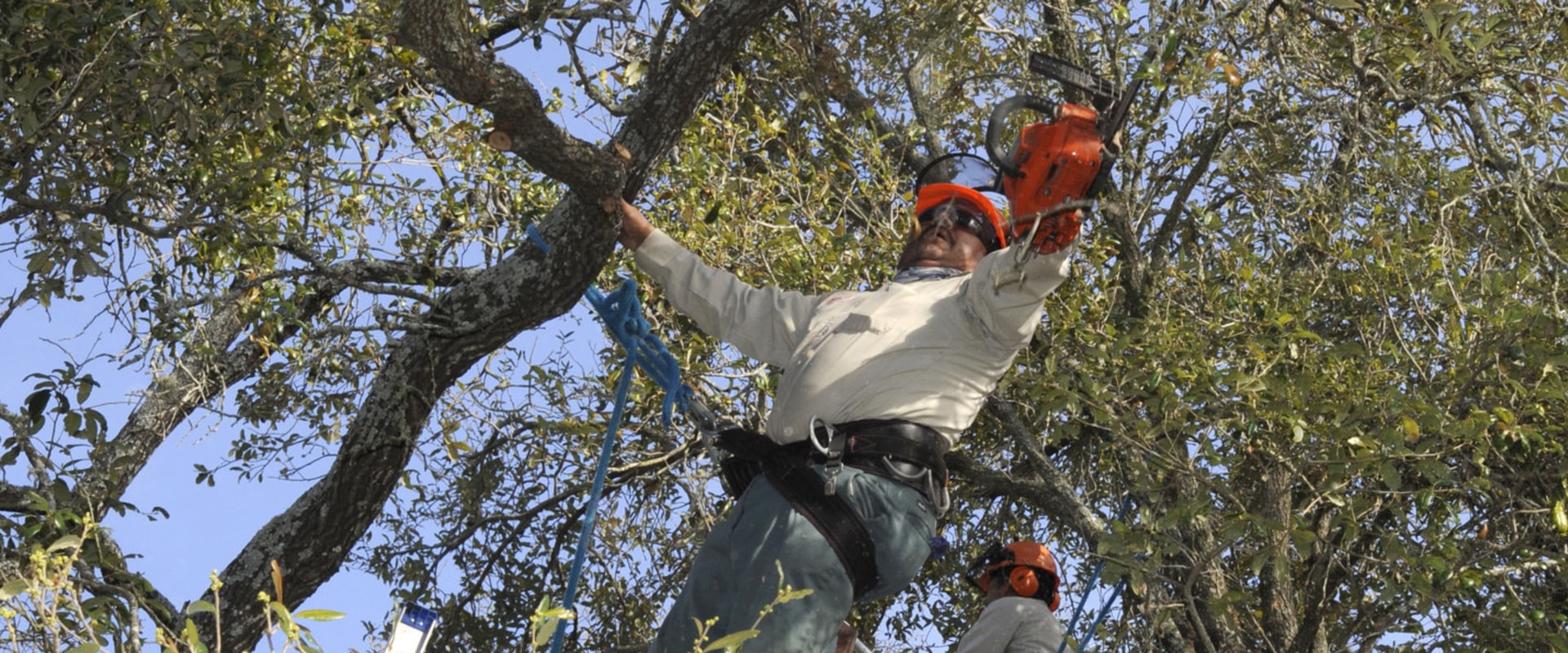
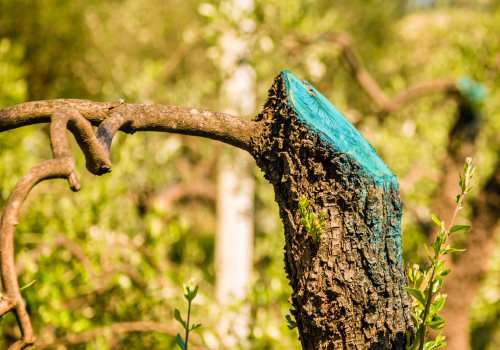
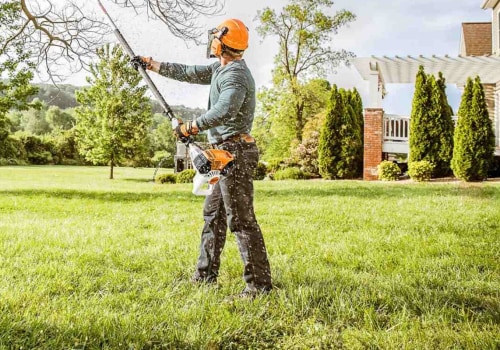
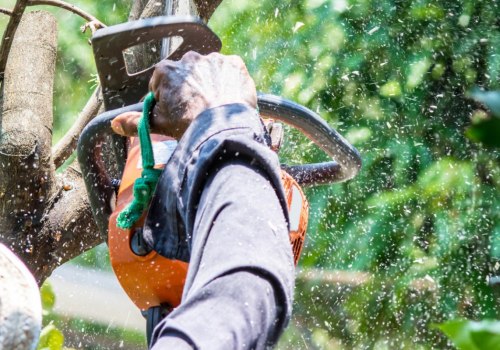
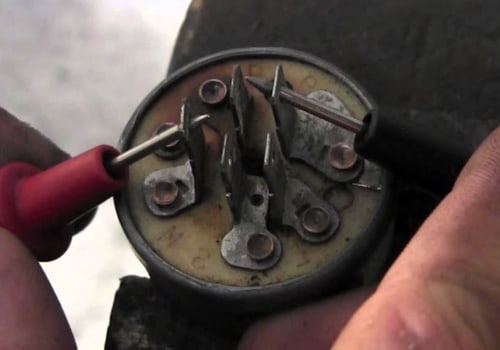
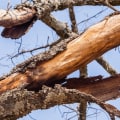

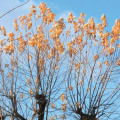
Leave Reply